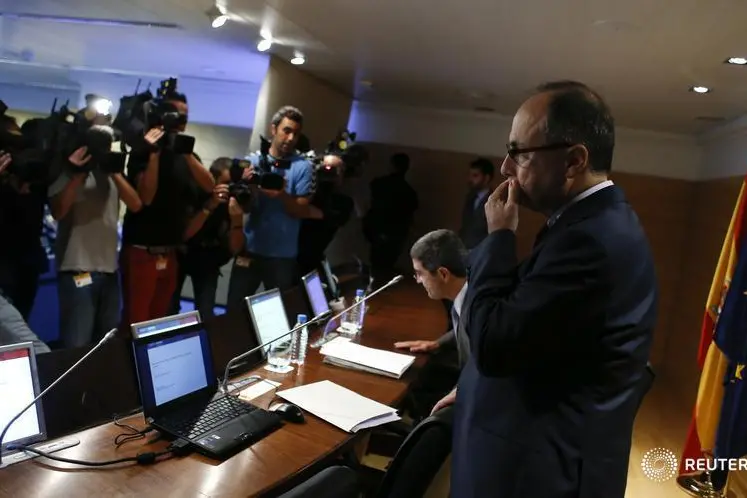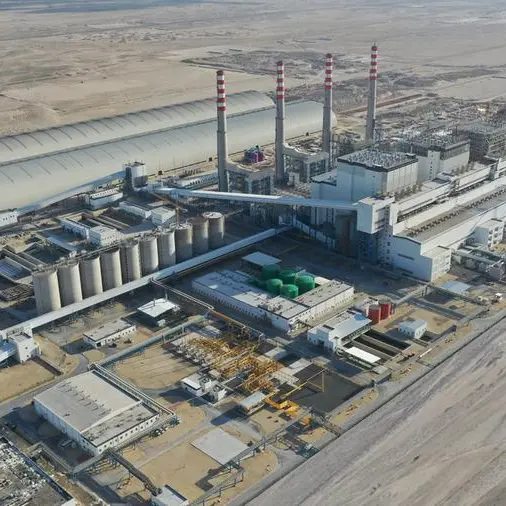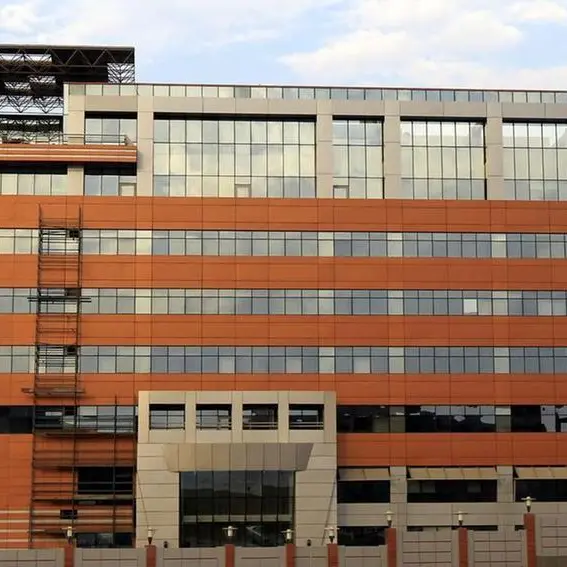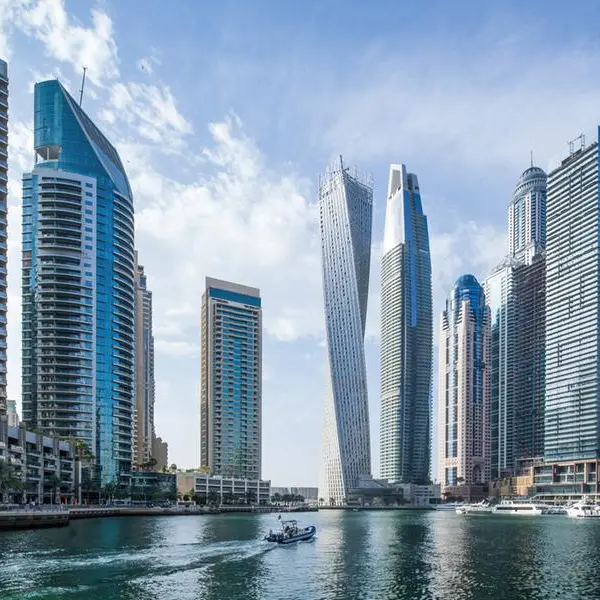PHOTO
Sunday, Jul 31, 2016
Dubai: The global wealth management industry is expected to face rising pressure on profitability, stock and market valuations as asset growth is expected to slow, costs to rise and fee pressures to accelerate, according to a report by management consultants Oliver Wyman and Deutsche Bank Research.
As competition increases about one-third of industry profitability could be at risk over the next five years impacting their stock valuations. The expected slowdown in profitability of wealth managers is likely to narrow the valuations gap between wealth managers and other bank businesses opening that had widened significantly over the last few years as the market had overestimated the earning capacity of wealth managers.
Analysts say wealth managers should consider a range of strategic and tactical levers to address this challenge. “The forces that drove performance in wealth management in recent years are changing, and firms will need to take action on costs and develop new ways of engaging with clients to maintain revenues,” says Christian Edelmann, global head of Oliver Wyman’s Wealth and Asset Management practice.
Assets under management (AuM) growth is expected to slow, fee pressures to accelerate, and the industry has not strategically addressed a growing concern on costs, particularly in case of a severe market correction.
AuM growth is projected to slow from 7 per cent over the past five years to 5 per cent until 2020 on the back of lower asset returns. Fees may come under pressure due to higher transparency standards, emerging competitors and the shift to passive products.
Looking more closely at the drivers behind expected growth, Emerging Markets (EM), which account for 31 per cent of global AuM today, are expected to contribute 58 per cent of net new money by 2020. Emerging markets therefore represents the most sizeable growth opportunity, but remains difficult to access for many global players outside the main offshore markets.
Greater competition
Analysts expect continued downward pressure on fees, in particular in Europe and North America brokerage fees are already being eroded. In North America robo-advisory models and greater competition among providers are pushing fees down further, particularly in the “core” HNW segment (client segment of $1-5 million investible assets). In Europe regulations mandating greater pricing transparency are starting to have a similar effect.
“In a world with greater fee transparency, we expect to see more clients starting to question pricing levels. Particularly as the standard moves from advisory to fiduciary, wealth managers will need to prove “value for money” or face further fee pressures,” said Edelmann.
Amid fears of slowdown in AuM a large number of wealth managers still assume 8 to 10 per cent yearly growth in AuM in their business plans. On an industry-wide basis this translates into an AuM gap of $15 trillion (Dh55 trillion) emerging by 2020. We are concerned that this growth gap will translate into more aggressive client acquisition strategies with the potential risk of onboarding a new wave of compliance risks.
By Babu Das Augustine Banking Editor
Gulf News 2016. All rights reserved.












